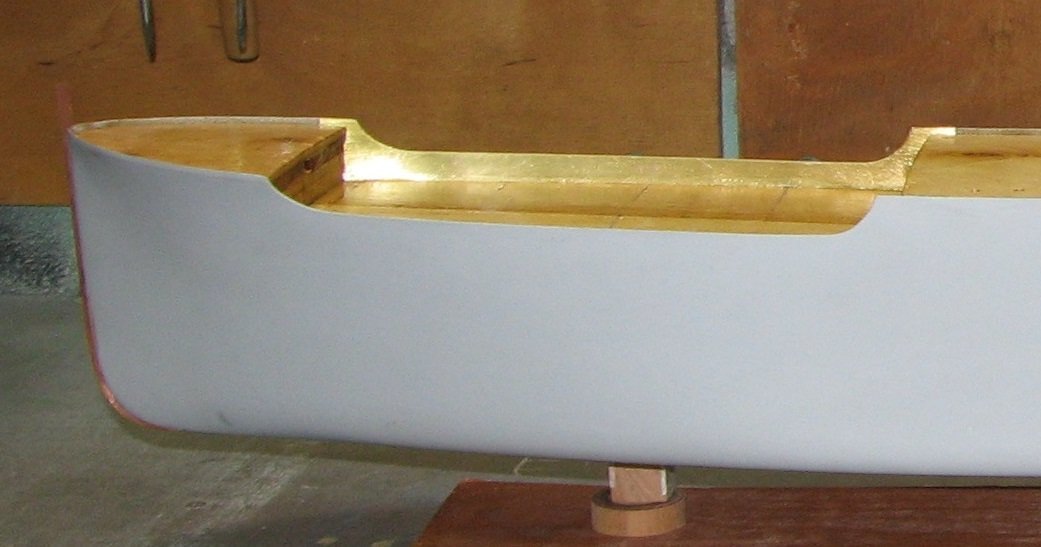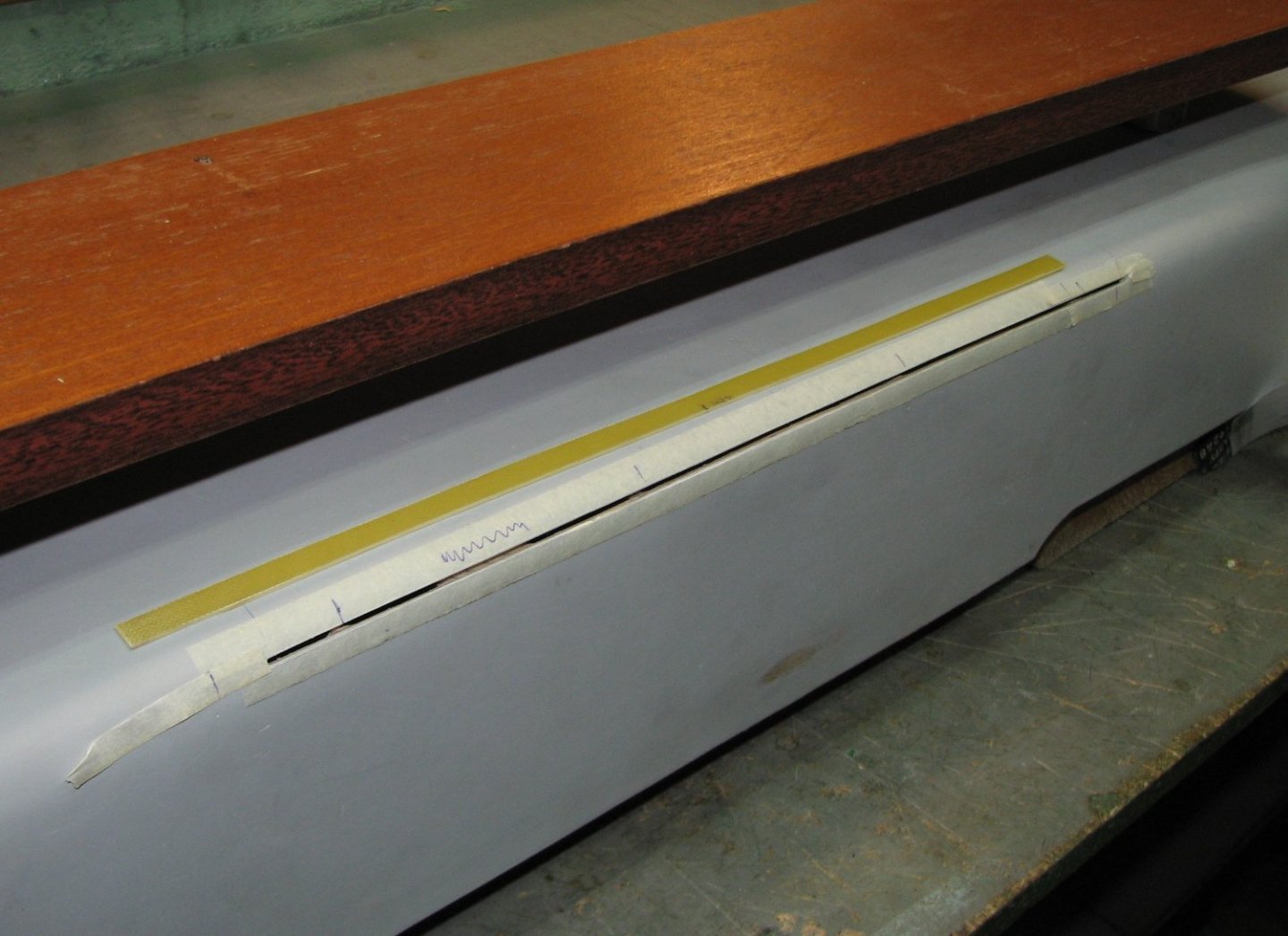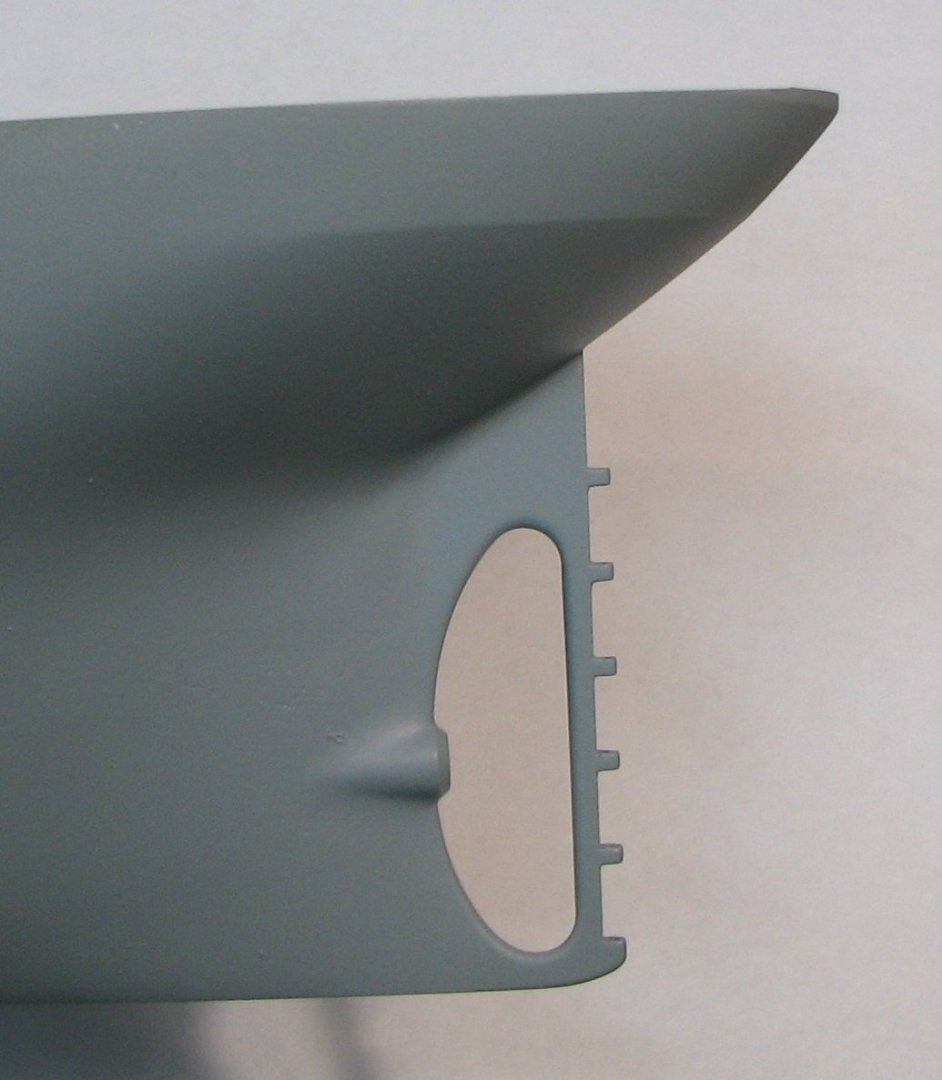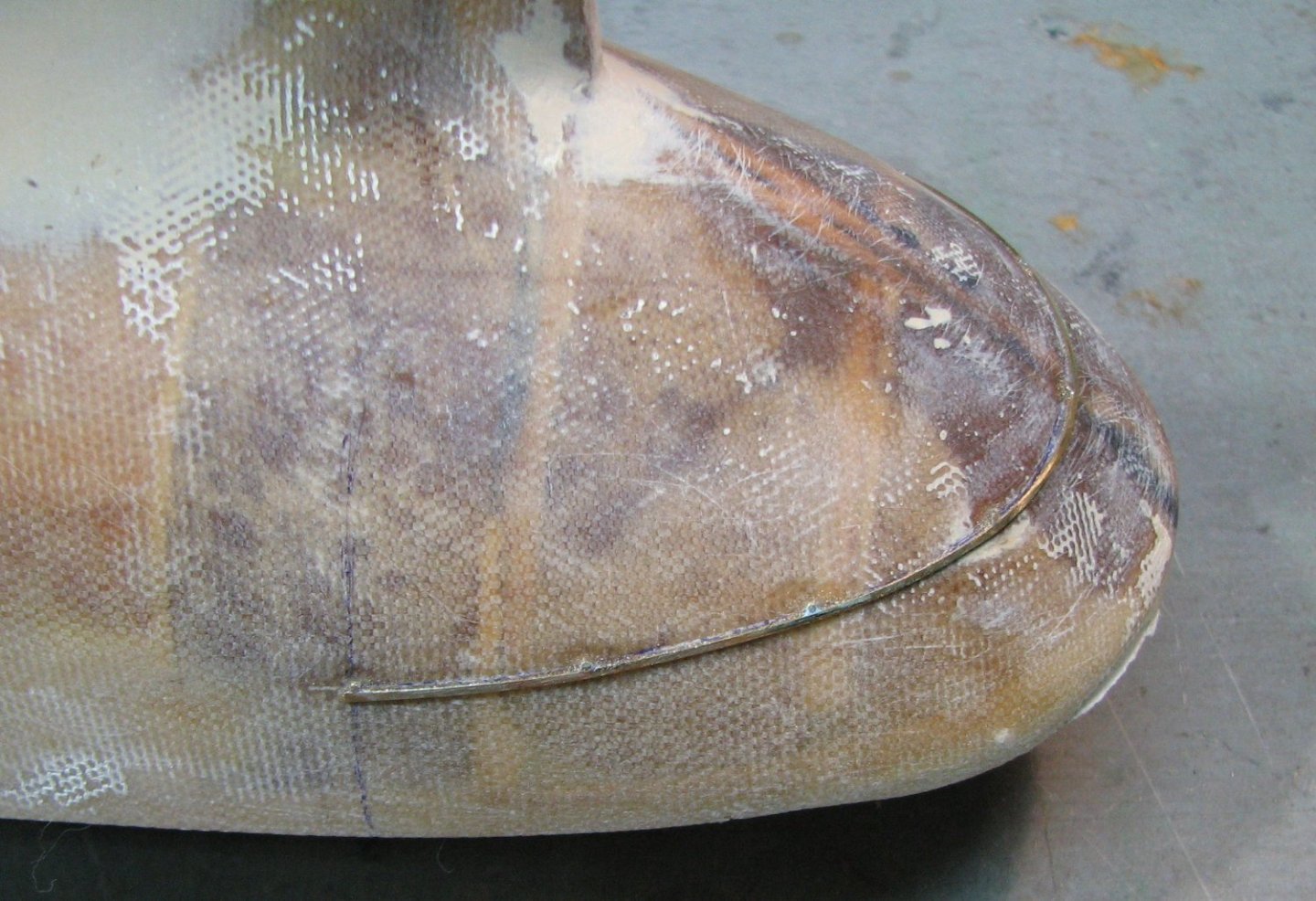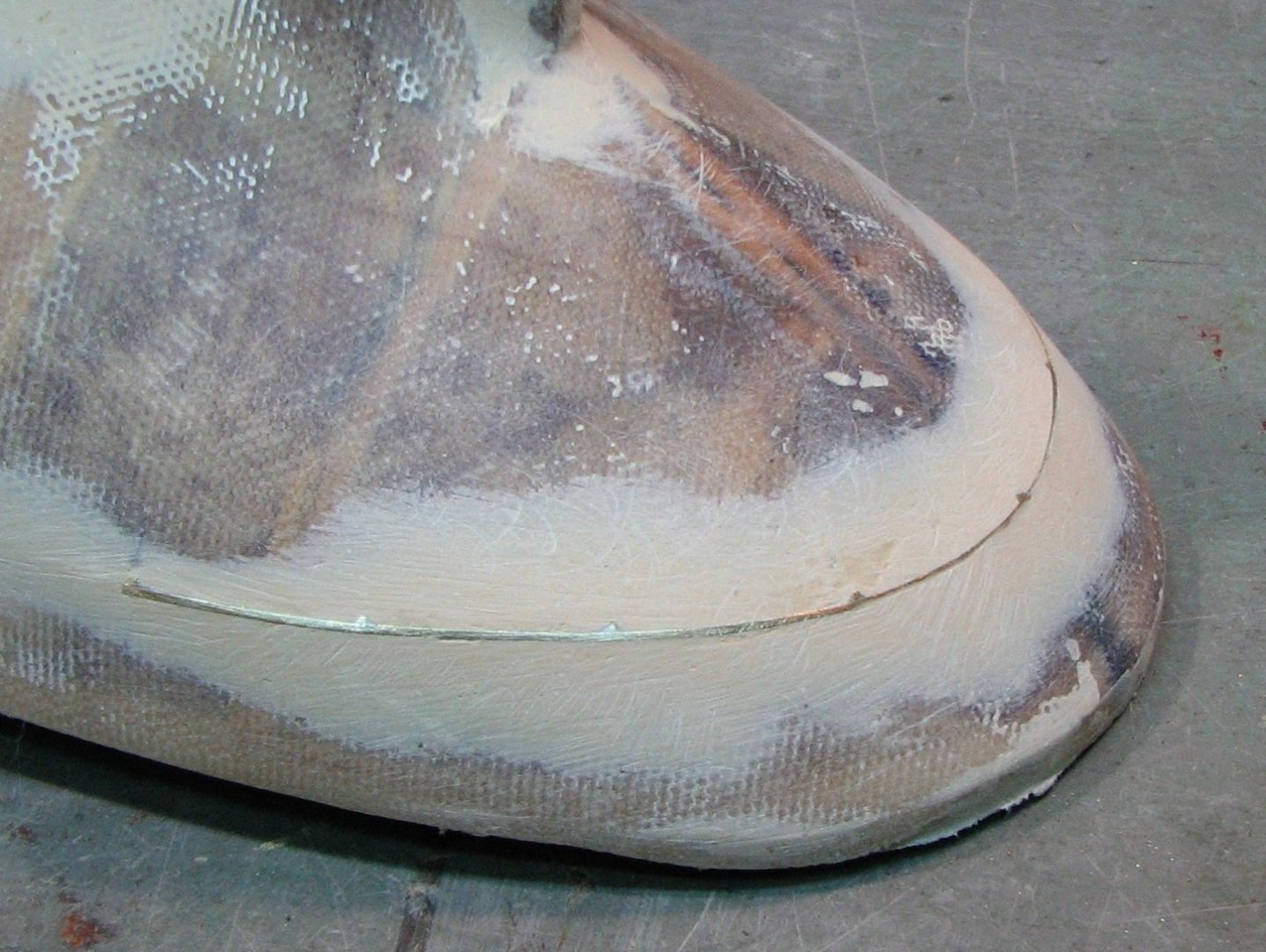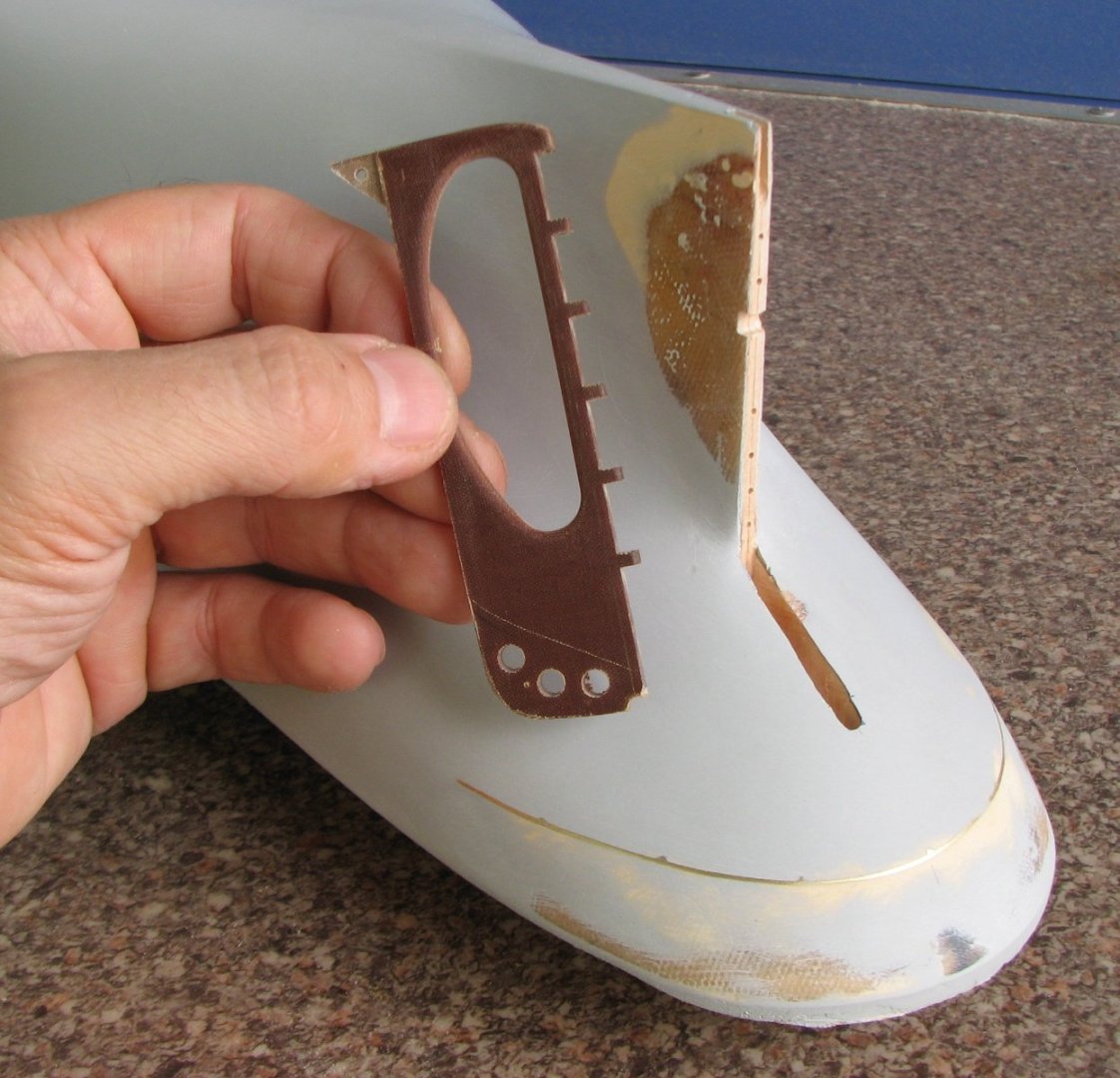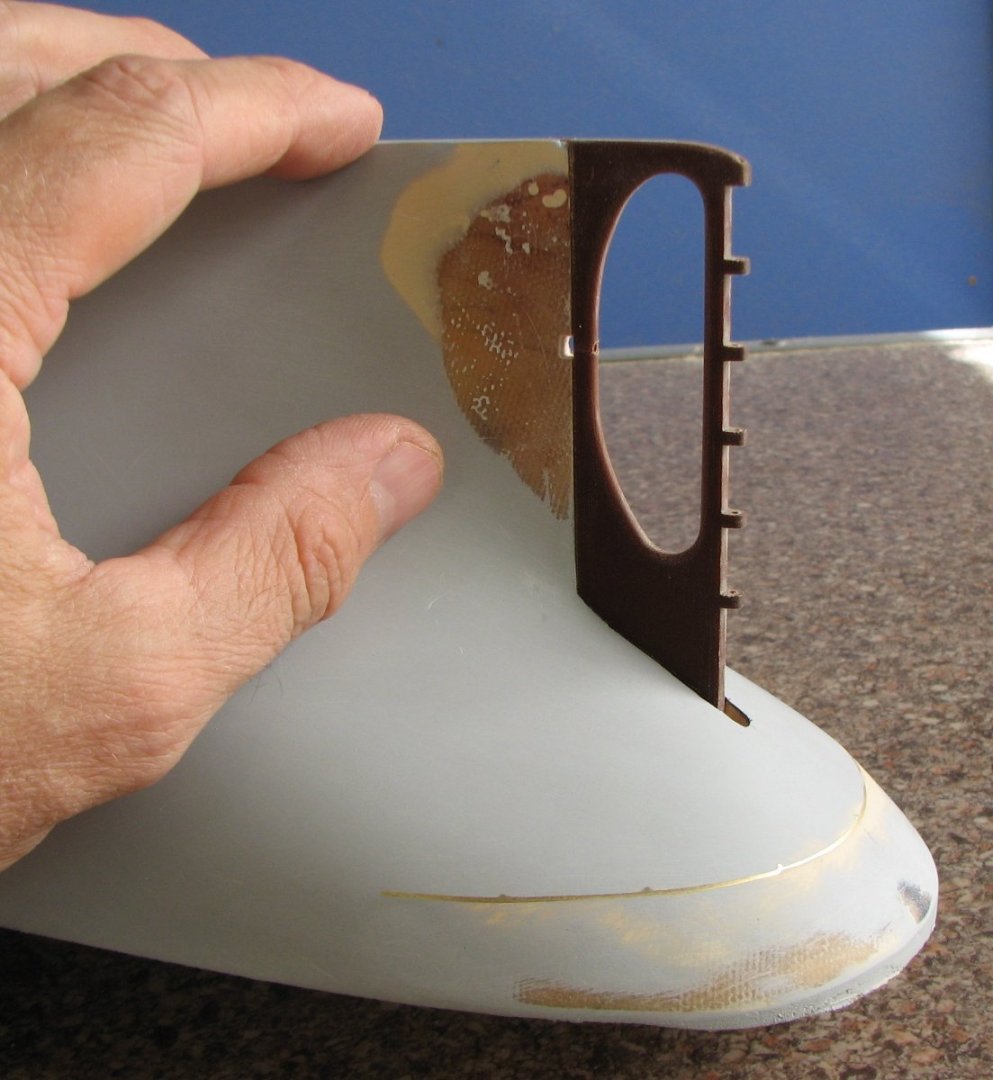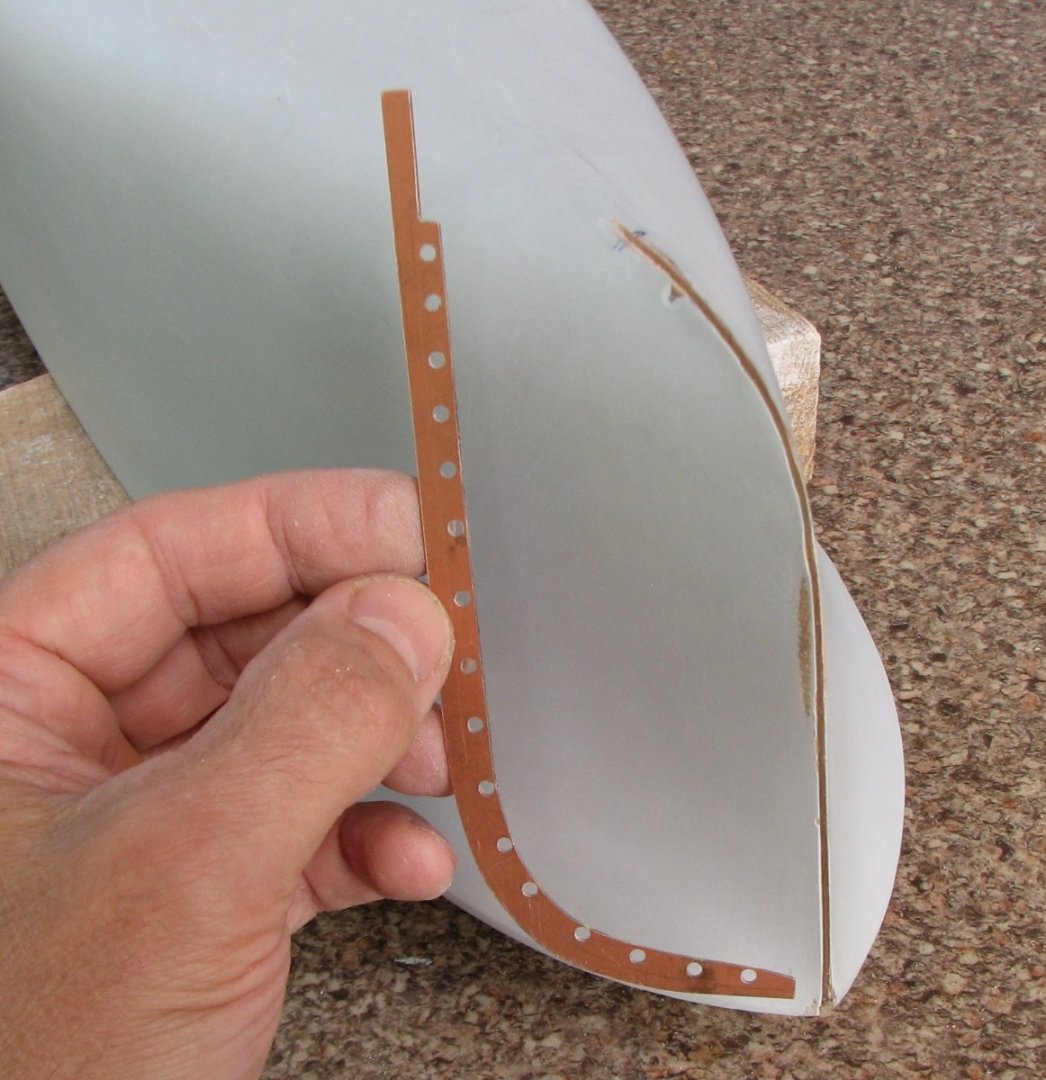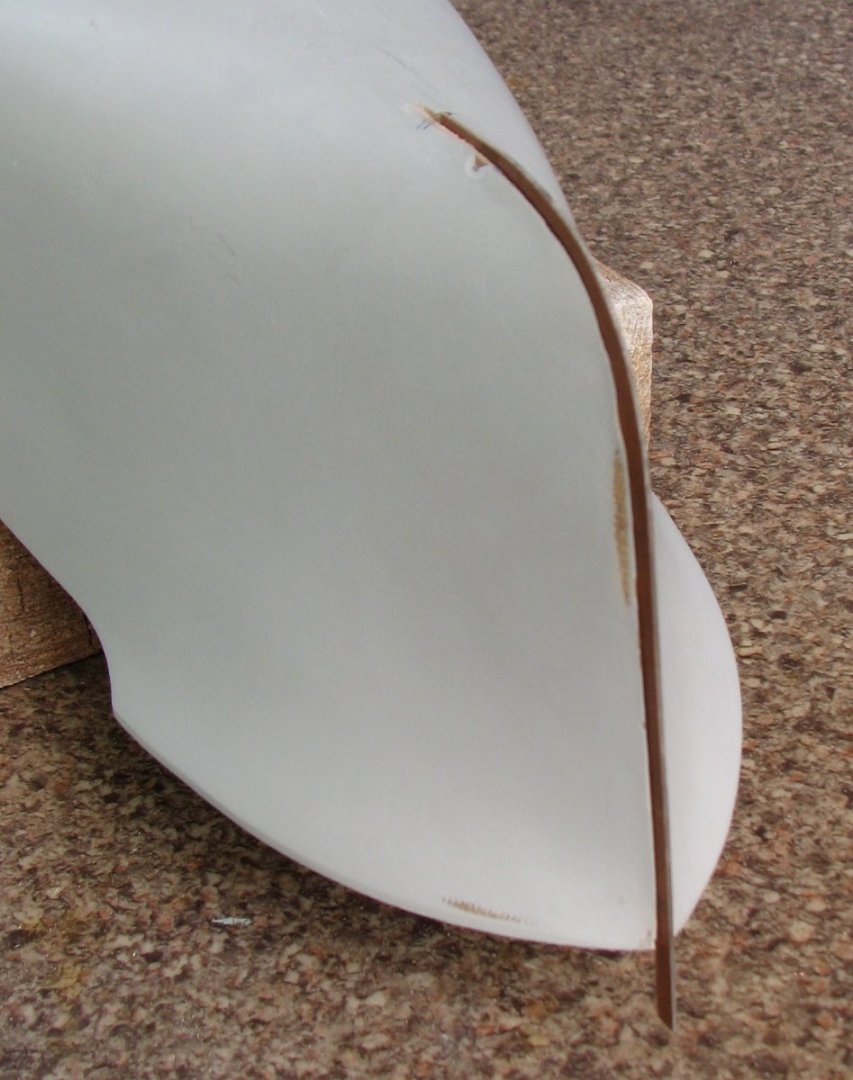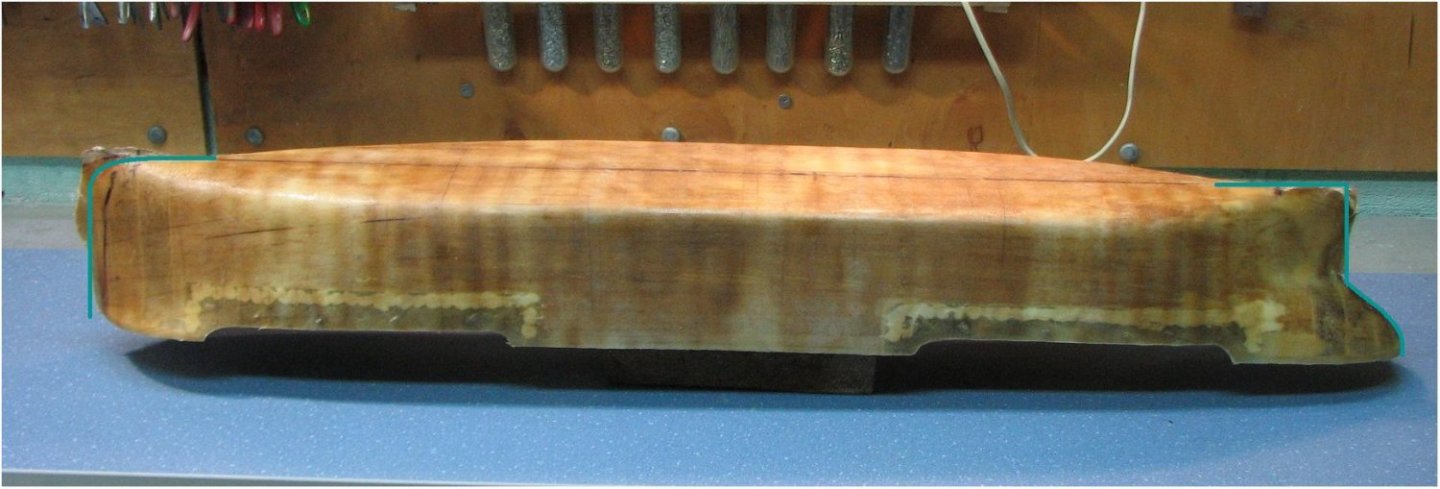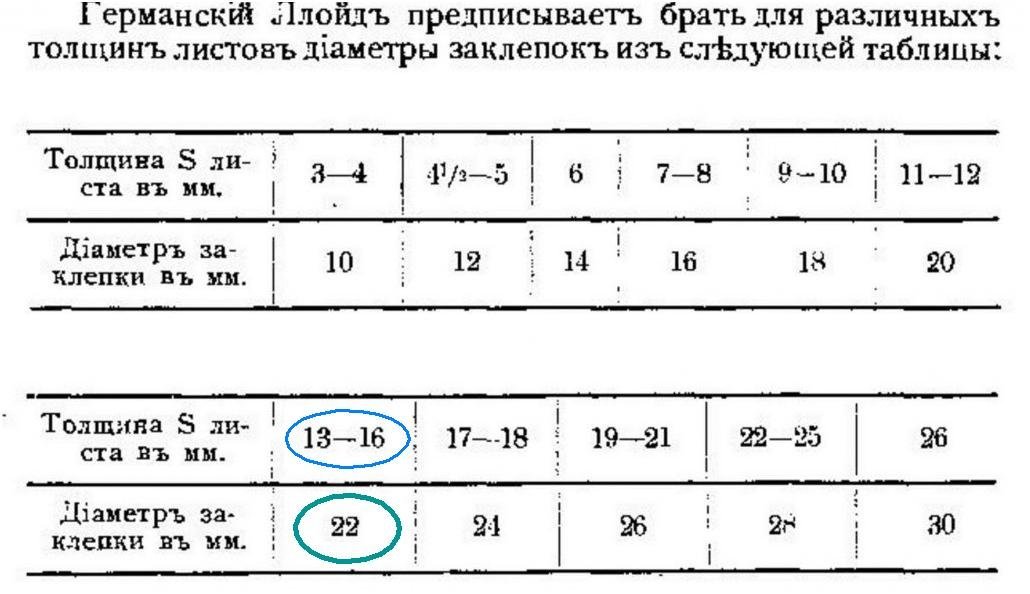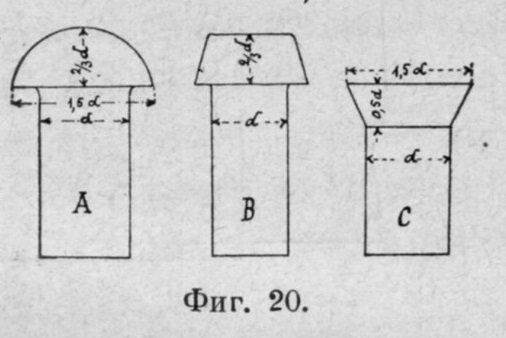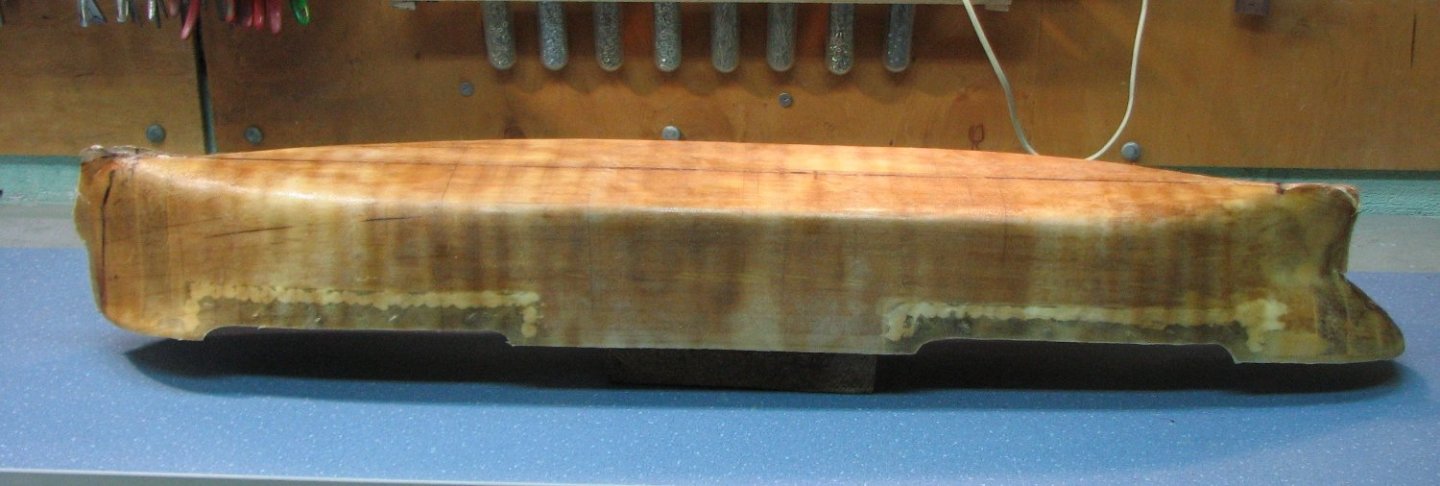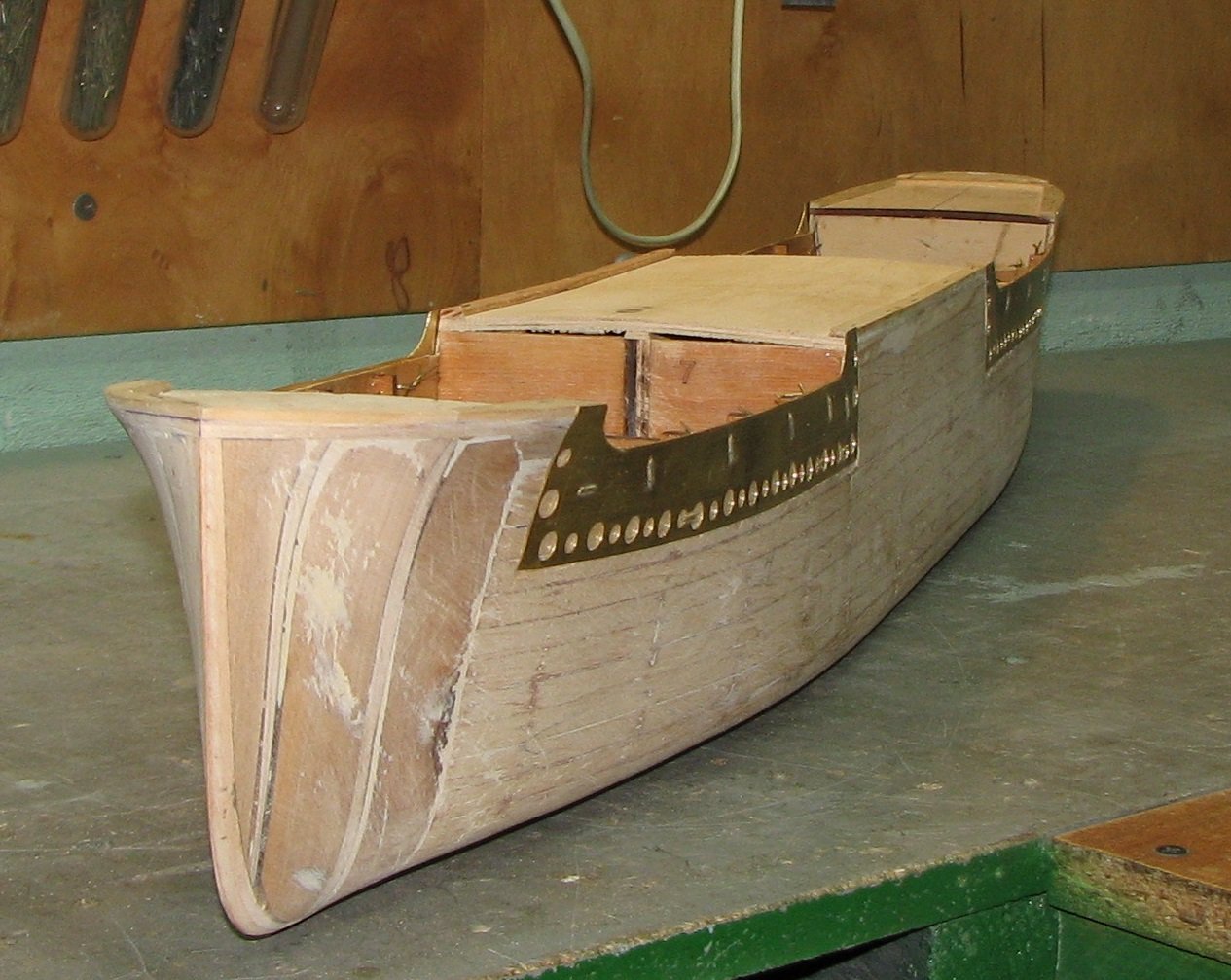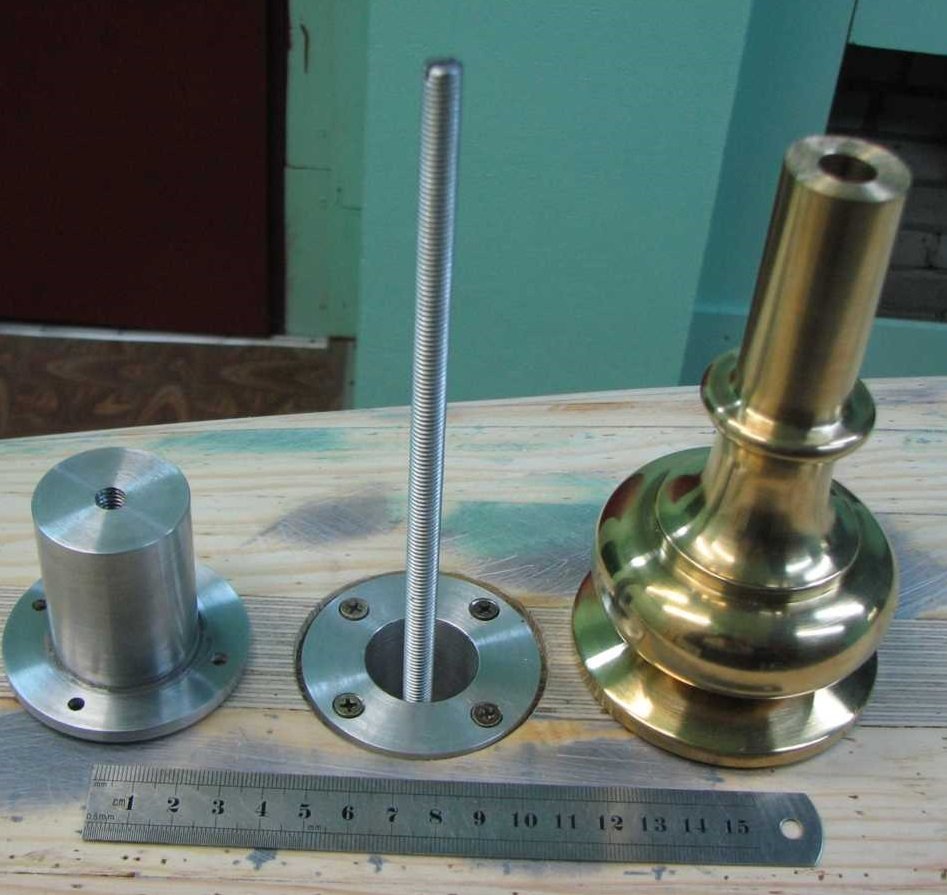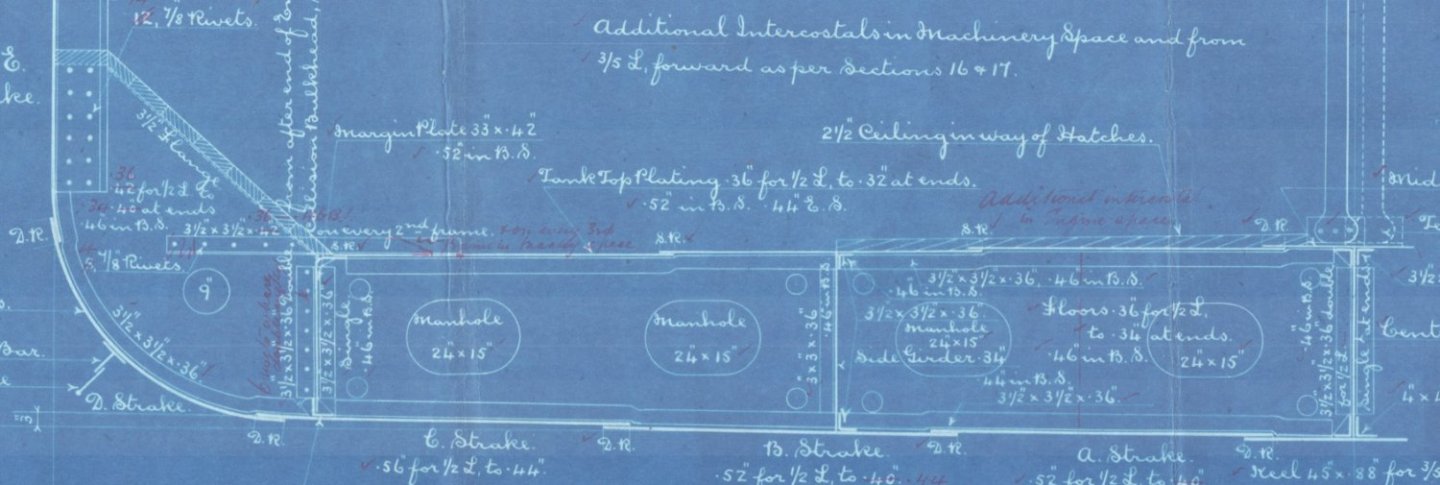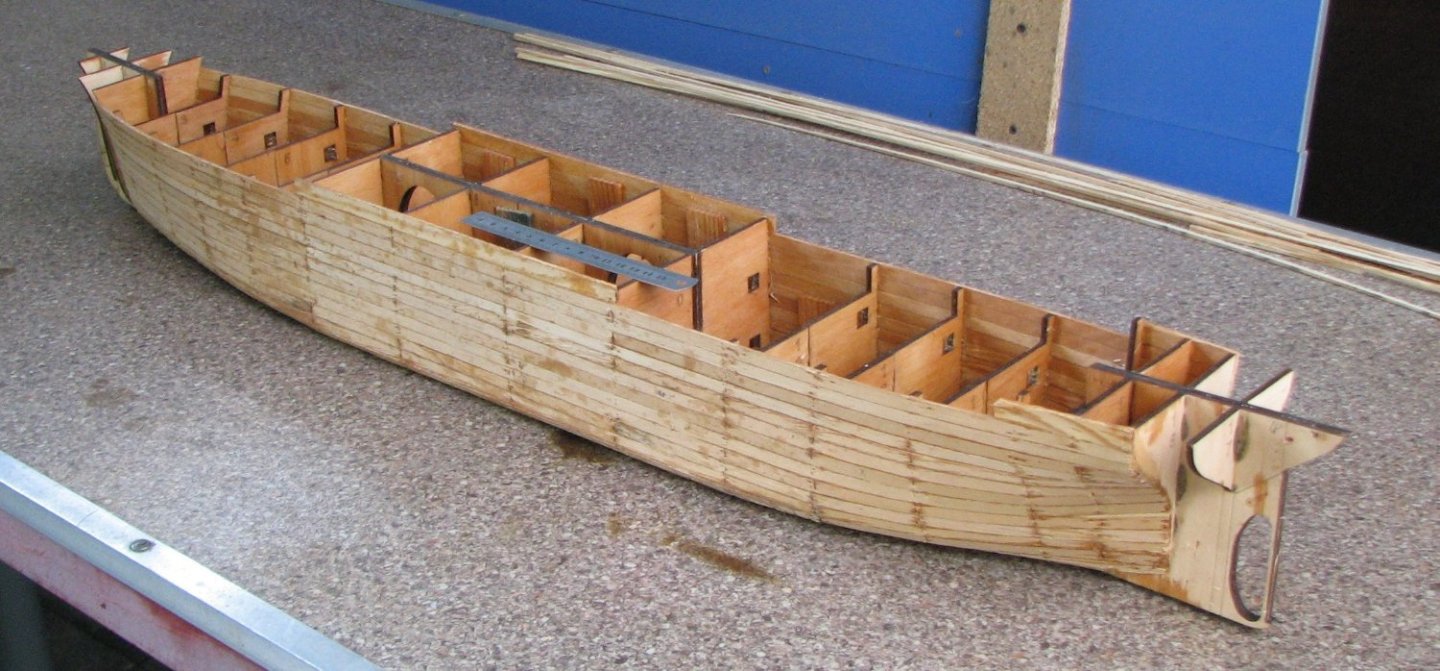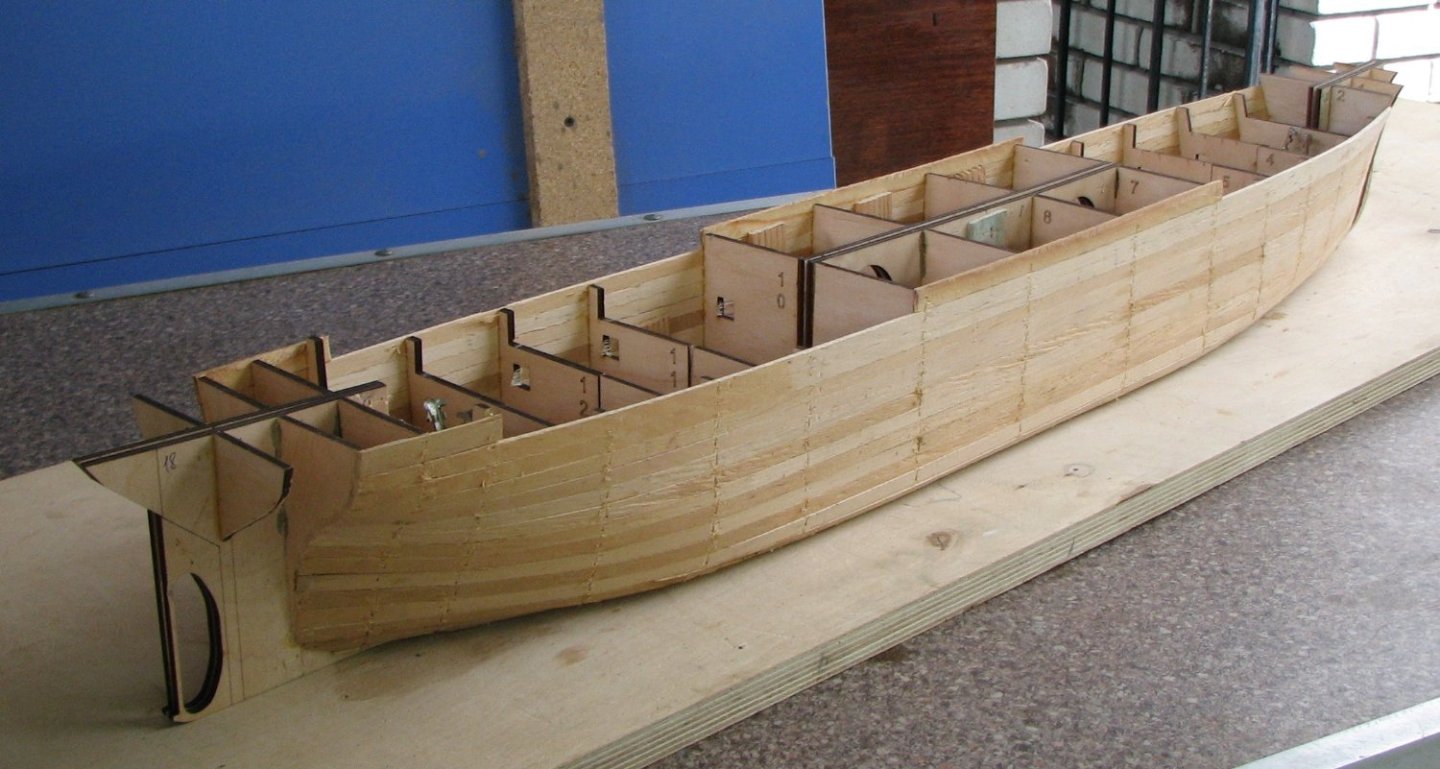-
Posts
1,101 -
Joined
-
Last visited
Content Type
Profiles
Forums
Gallery
Events
Everything posted by Valeriy V
-
Bob, I already regretted writing this phrase. We live in different conditions and I don’t have such a wide selection of hardeners as you do. And yet, with the resin that I have to work with, this is what happens. At the moment when it just begins to thicken on the hull of the model, I still have the opportunity to make it more liquid for a very short moment using a hairdryer. This technique allows me to have time to remove all excess resin from the model body and achieve an almost ideally smooth surface of fiberglass impregnated with resin, without lumps of excess resin.
-
Avoiding wrinkles is not difficult: 1) I make cuts in the fiberglass fabric as shown in the photo along the green lines before applying the resin 2) after applying the resin in small portions, I smooth it along with the fiberglass with a soft rubber spatula 3) in case the resin polymerizes too quickly, I have a construction hair dryer nearby with which I can heat the desired area of the resin and fiberglass to liquefy it
-
For rivet head size calculations I show the German Lloyd chart. Circled in blue is the thickness of the cooable panel sheet that I choose. Green color is the required rivet diameter. As a result of a simple calculation, I get the dimensions of the rivet head for my model on a scale of 1:100 - diameter 0.3 mm and height 0.15 mm. Even if I can make such small details on the model, after covering with primer and paint they will simply visually disappear. Therefore, it makes no sense to show rivets on this model. But the belts of the outer hull plating sheets will be shown.
About us
Modelshipworld - Advancing Ship Modeling through Research
SSL Secured
Your security is important for us so this Website is SSL-Secured
NRG Mailing Address
Nautical Research Guild
237 South Lincoln Street
Westmont IL, 60559-1917
Model Ship World ® and the MSW logo are Registered Trademarks, and belong to the Nautical Research Guild (United States Patent and Trademark Office: No. 6,929,264 & No. 6,929,274, registered Dec. 20, 2022)
Helpful Links
About the NRG
If you enjoy building ship models that are historically accurate as well as beautiful, then The Nautical Research Guild (NRG) is just right for you.
The Guild is a non-profit educational organization whose mission is to “Advance Ship Modeling Through Research”. We provide support to our members in their efforts to raise the quality of their model ships.
The Nautical Research Guild has published our world-renowned quarterly magazine, The Nautical Research Journal, since 1955. The pages of the Journal are full of articles by accomplished ship modelers who show you how they create those exquisite details on their models, and by maritime historians who show you the correct details to build. The Journal is available in both print and digital editions. Go to the NRG web site (www.thenrg.org) to download a complimentary digital copy of the Journal. The NRG also publishes plan sets, books and compilations of back issues of the Journal and the former Ships in Scale and Model Ship Builder magazines.



